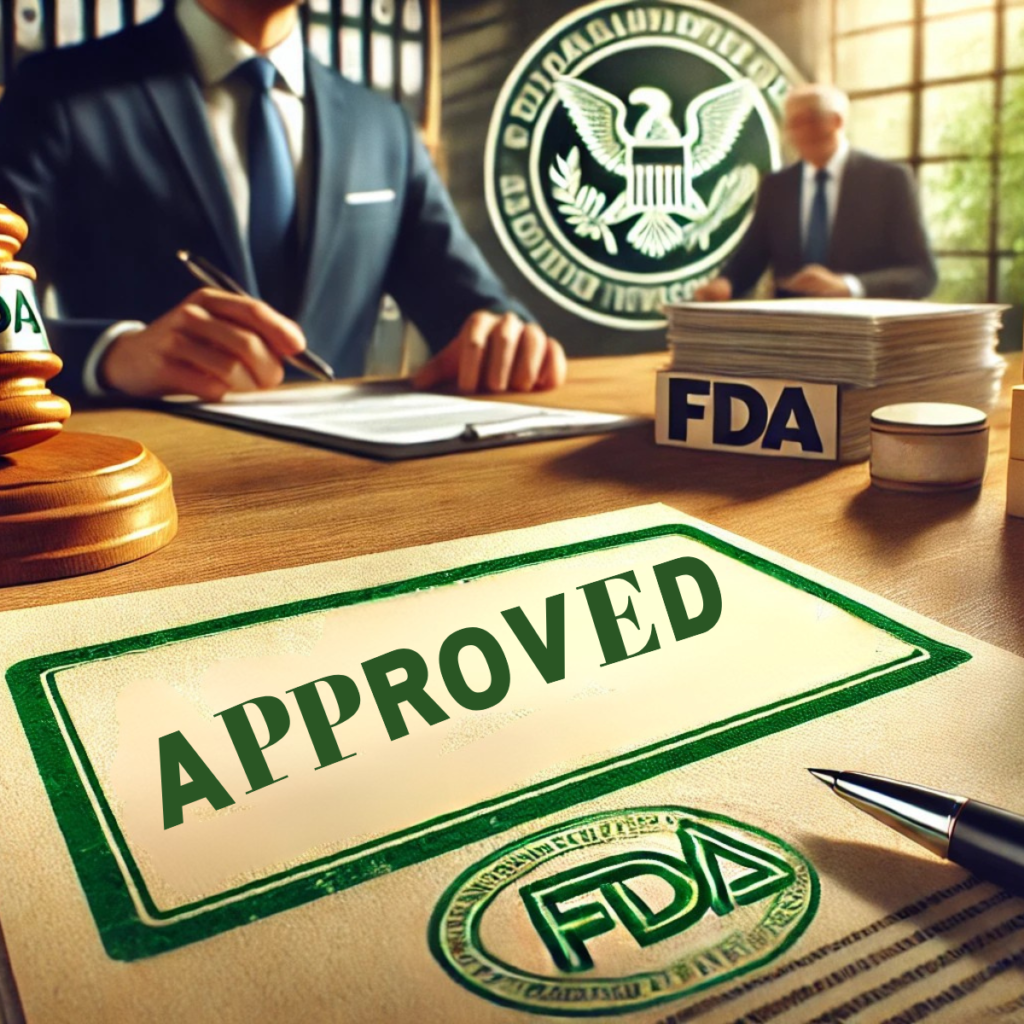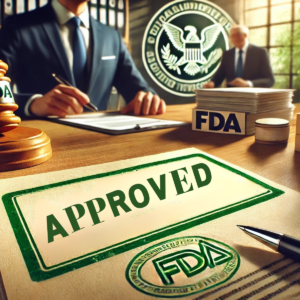Navigating FDA 510(k) Approval for Wearable Devices with Skin Adhesives
In the rapidly evolving world of medical technology, wearable devices that adhere to the skin are revolutionizing patient care and monitoring. However, bringing these innovative products to market requires navigating the complex FDA 510(k) approval process. This guide will walk you through the key steps, challenges, and best practices for obtaining FDA 510(k) approval for wearable devices that use adhesive tape to stick to the skin.
Understanding Wearable Medical Devices in the Context of FDA Regulations
Wearable medical devices are transforming healthcare by providing continuous, real-time patient data and enabling remote monitoring. These devices, which often use adhesive technology to attach to the skin, present unique regulatory challenges. The FDA classifies most wearable devices under the 510(k) premarket notification pathway, requiring manufacturers to demonstrate that their device is substantially equivalent to a legally marketed predicate device.
The market for wearable medical devices is rapidly expanding, with innovations in skin-adhesive technologies pushing the boundaries of patient monitoring and treatment. As these devices become more sophisticated, understanding the regulatory landscape is crucial for successful market entry.
The FDA 510(k) Approval Process: An Overview
Obtaining FDA 510(k) approval for wearable devices requires a thorough understanding of both the regulatory process and the unique challenges posed by skin-adhesive technologies. The process involves several key steps:
- Device Classification: Determine the device’s risk level and corresponding regulatory controls.
- Predicate Device Identification: Find a legally marketed device with similar intended use and technological characteristics.
- Performance Testing: Conduct necessary tests to demonstrate safety and effectiveness.
- Submission Preparation: Compile all required documentation and test results.
- FDA Review: Submit the 510(k) application for FDA evaluation.
- Clearance Decision: Receive FDA decision on substantial equivalence.
FDA Cleared vs Approved: Key Differences for Wearable Device Manufacturers
Understanding the distinction between FDA cleared vs approved is crucial for wearable device manufacturers navigating the regulatory landscape. While both terms indicate FDA authorization for marketing, they have different implications:
- FDA Cleared: Applies to most 510(k) submissions. It means the device is substantially equivalent to a predicate device in terms of safety and effectiveness.
- FDA Approved: Typically used for higher-risk devices that go through the Premarket Approval (PMA) process, requiring more rigorous clinical testing.
For wearable devices using skin adhesives, FDA clearance through the 510(k) process is the most common pathway. However, novel technologies or high-risk applications might require the more stringent PMA process.
Unique Considerations for Wearable Devices with Skin Adhesives
Wearable devices that use tape to adhere to the skin present specific challenges in the 510(k) approval process:
Biocompatibility and Material Testing
The FDA requires rigorous testing to ensure the safety of materials in direct contact with the skin. Key considerations include:
- Cytotoxicity Testing: Evaluating potential toxic effects on cells.
- Sensitization Assessment: Checking for allergic reactions.
- Irritation Studies: Determining if the adhesive causes skin irritation.
- Long-term Wear Testing: Assessing the effects of prolonged skin contact.
Adhesive Performance and Durability
Manufacturers must demonstrate that the adhesive maintains its integrity and performance over the intended wear time. This includes:
- Adhesion Strength Testing: Measuring the force required to remove the device.
- Moisture Resistance: Evaluating performance in various humidity conditions.
- Skin Flexibility Compatibility: Ensuring the device moves naturally with the skin.
Overcoming Common Challenges in 510(k) Approval
Navigating the FDA 510k approval timeline for wearable devices can be complex, but understanding common hurdles can help streamline the process:
- Data Quality and Quantity: Ensure comprehensive and well-organized test data.
- Predicate Device Selection: Choose an appropriate predicate to demonstrate substantial equivalence.
- Regulatory Strategy: Develop a clear strategy aligned with FDA expectations.
- Documentation Clarity: Provide clear, concise, and complete documentation.
Best Practices for a Successful Application
To increase the chances of a smooth approval process:
- Early FDA Engagement: Utilize the Pre-Submission Program for feedback on your testing plan.
- Comprehensive Testing Protocol: Develop a robust testing plan that addresses all potential safety and effectiveness concerns.
- Clear Substantial Equivalence Argument: Articulate how your device compares to the predicate device in terms of intended use and technological characteristics.
- Thorough Risk Analysis: Conduct a detailed risk assessment and mitigation strategy.
- Stay Updated on Regulations: Keeping abreast of FDA wearable device regulations is essential for companies developing skin-adhesive technologies.
Future Trends and Regulatory Evolution
As wearable technology continues to advance, staying up-to-date with FDA wearable device regulations is essential for companies developing skin-adhesive technologies. Future trends likely to impact the regulatory landscape include:
- Increased Focus on Real-World Data: The FDA is showing growing interest in real-world performance data to support regulatory decisions.
- Enhanced Cybersecurity Requirements: As wearable devices become more connected, expect stricter security and data protection standards.
- Streamlined Processes for Digital Health Technologies: The FDA is working on new frameworks to expedite the review of digital health products.
- Greater Emphasis on User Experience: Usability and human factors engineering will play an increasingly important role in the approval process.
Conclusion
Navigating the FDA 510(k) approval process for wearable devices with skin adhesives requires a thorough understanding of regulatory requirements, meticulous planning, and a commitment to safety and effectiveness. By focusing on biocompatibility, adhesive performance, and comprehensive testing, manufacturers can increase their chances of successful clearance.
Remember, the journey doesn’t end with FDA clearance. Ongoing compliance, post-market surveillance, and continuous improvement are crucial for long-term success in the dynamic wearable medical device market. By staying informed about regulatory trends and maintaining open communication with the FDA, you can position your innovative wearable devices for success in this exciting and rapidly evolving field.

